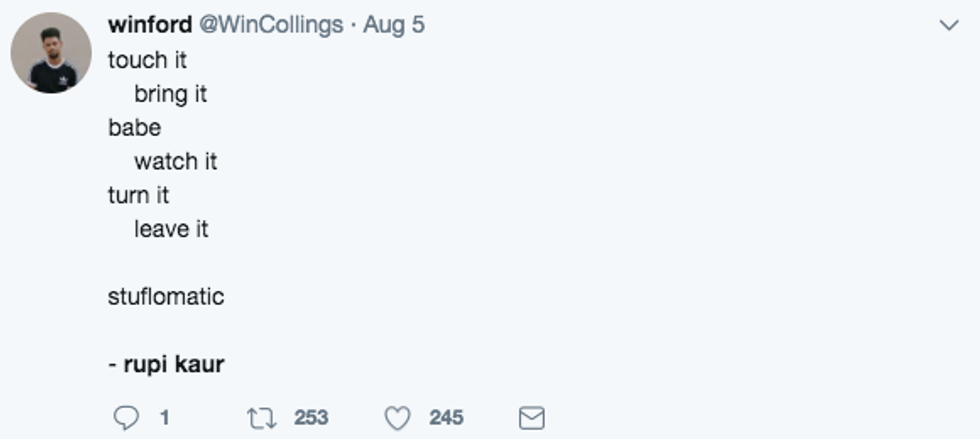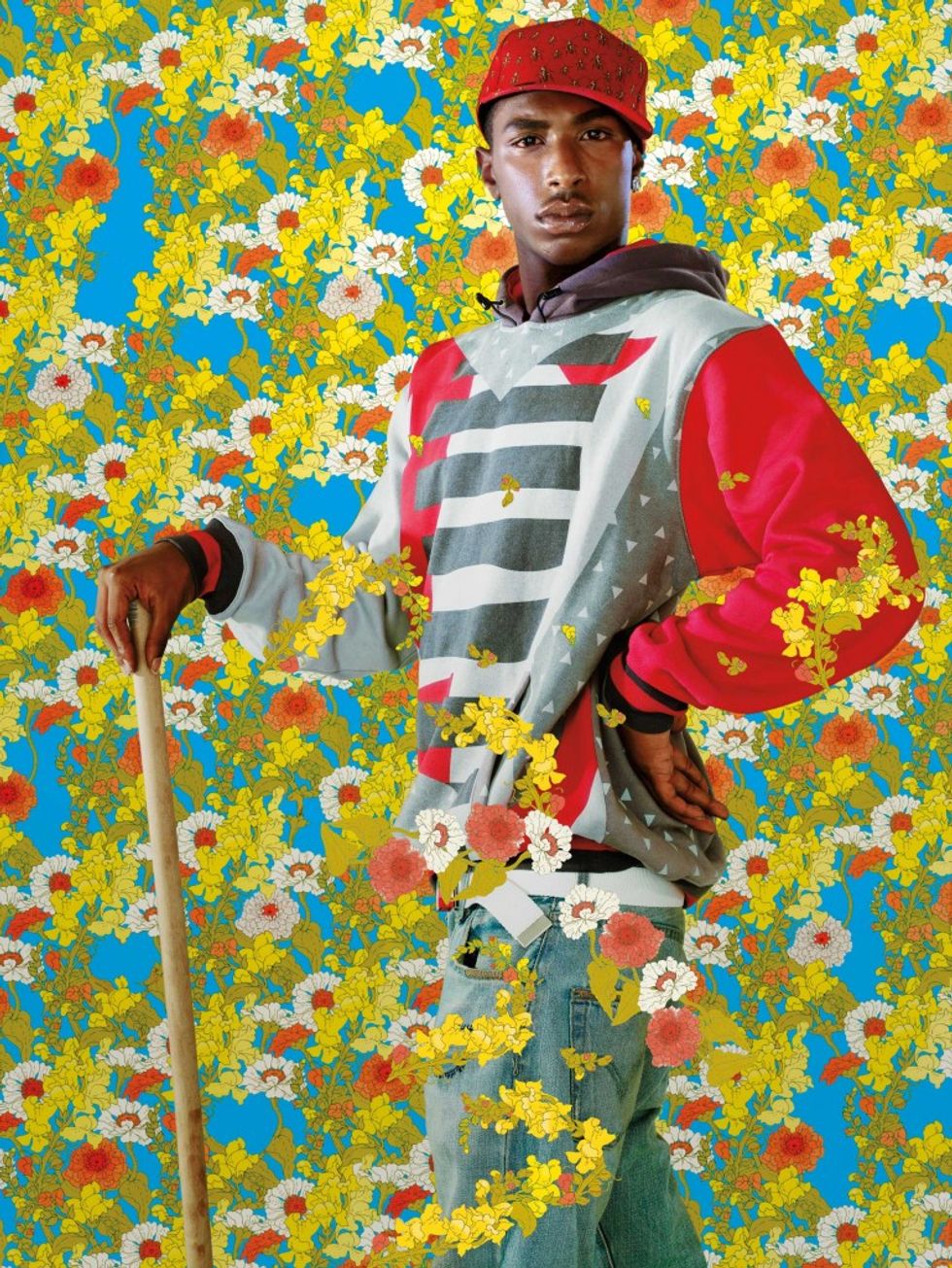Rupi Kaur, the best selling author of Milk and Honey, is no stranger to controversy, from her infamous period photo series that was removed (and re-added) on Instagram to her being accused of plagiarism. As of late, much of the noise surrounding Kaur has been that of excitement and praise as she has been teasing pages of her upcoming collection of poems, The Sun and Her Flowers, which is scheduled to be released on October 3rd. But unfortunately for her, things have started turning for the worst again.
On August 4th, Buzzfeed contributor and Ph.D. candidate at Stanford University, Chiara Giovanni published, “The Problem with Rupi Kaur's Poetry,” a short piece questioning the author’s authenticity. Among Giovanni’s many criticisms, was her critique of Kaur’s style of writing, which consists primarily of free verse (poetry with no rhyme scheme or meter) and is minimalistic. She describes it as, “bite - size,” “accessible,” and “sparse.”
This is not the first time the young author’s writing has been described this way, but it certainly has reignited the flame. Without even leaving Buzzfeed, you can find commentators echoing similar sentiments. User Yamini Rameshh mocks Kaur’s noted use of line breaks and lack of punctuation with this comment,
“It is literally
the most pretentious thing in the world
to write an average sentence
on different lines, in lower case
and call it poetry
i will never know how or why
she made it this big.”
This comment has garnered 127 likes.
As Giovanni states in the article, others have gone on to jokingly mimic Kaur’s style on Twitter. A quick search of her name on Twitter will provide you with a slew of users constructing posts such as this one:
It is outlandish to refute statements that Rupi Kaur’s writing is not complex because it is true. There are no perplexing metaphors or rhyme schemes, this is not the work of Edgar Allan Poe’s protégé, and that is okay. What is unacceptable, is the dismissal of her talent and impact merely because — it’s too easy to read. If something does not overwhelm us with language, it must be shallow, right? Wrong. In simple terms, poetry is a form of writing that uses different techniques such as rhythm, symbolism, irony, diction, etc. to tell a story or share feelings. Preference over certain techniques over others should not and cannot be the sole determinate of an author’s value. For some, famed poet E. E. Cummings’ use of broken syntax, creation of compound words, decapitalization (example) of some words, and not all is nonsensical, but to others, it is genius.
Albeit a different avenue, similar controversies can be found in the visual art world. If you compare painters like Frida Kahlo, Jackson Pollock, and Kehinde Wiley you will notice their works differ significantly from one another, but this does not detract from their significance as artists. Wiley, in particular, is most known and praised for his portraits of black people alongside striking backgrounds,
reminiscent of paintings seen in the Early Renaissance. His pieces can easily be seen as mundane, just because of their simplicity, but I dissent. Wiley is painting a group that was and is under represented in media in a style that was once reserved for white elites. One would be hard- pressed to see this kick back of popular culture as vapid. Like Wiley, Rupi Kaur is making literary art for women like her, whose stories are often not told. To censure her because her writing is not "fancy" is to muffle an already small collective of voices telling stories that are changing literature and lives.
Like Milk and Honey themselves, the poems are ordinary but are sweet to taste and can fill a tummy whole.
References:
Chiara Giovanni - "The Problem with Rupi Kaur"
Rob Walker - "The Young ‘Instapoet’ Rupi Kaur: from Social Media Star to Bestselling Writer"
Huma Qureshi - "How do I Love Thee? Let me Instagram"
Fariha Róisín - "The Comfortability with the Internet Drag of Rupi Kaur . . ."
Ian Pimperl - "The Poetic Style of E.E. Cummings"























